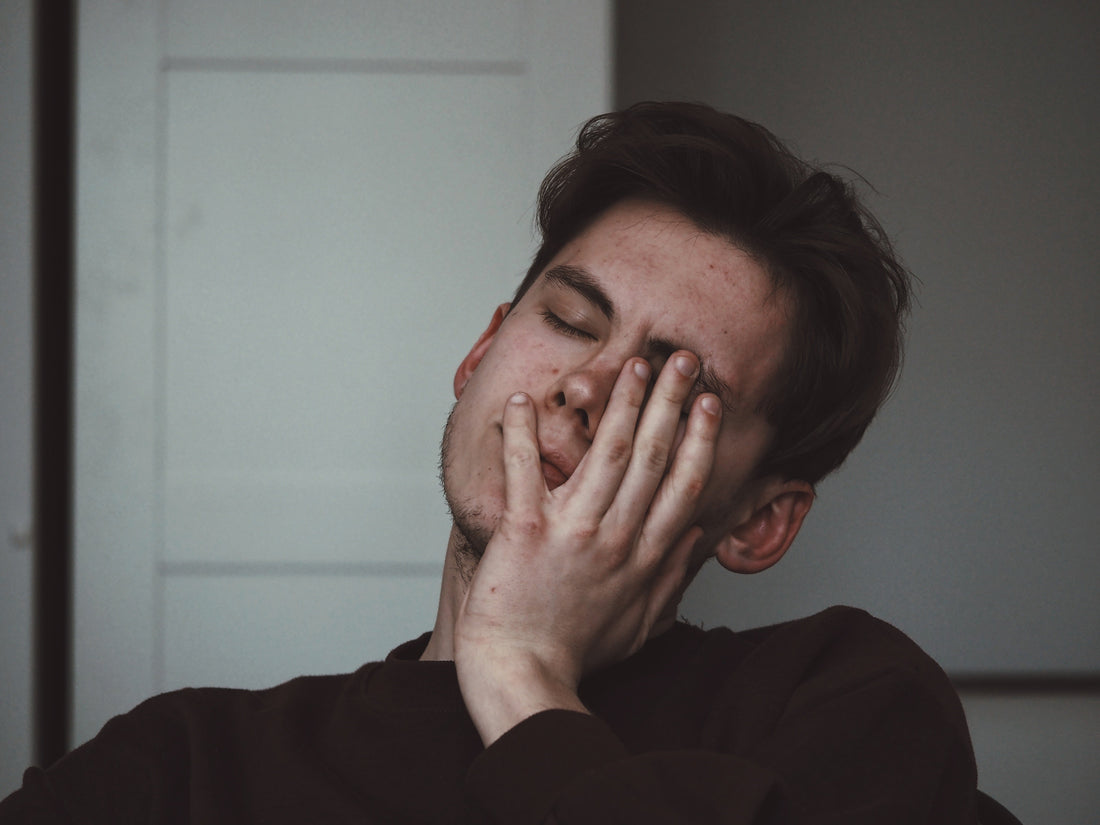
Delayed Sleep Phase Syndrome
T&N TeamDo you ever lie awake at night, counting down the hours you have left to get some sweet sleep before you need to get up for work the next morning? If so, it might not just be your nerves — you could be struggling with Delayed Sleep Phase Syndrome (DSPS).
What is Delayed Sleep Phase Syndrome?
Delayed Sleep Phase Syndrome (DSPS) is a clinical term for night owls—those who tend to wake up and fall asleep later than the average person.
Unlike insomnia, DSPS doesn’t stop it’s sufferers from falling asleep, it simply prevents them from falling asleep on time. As a result, DSPS can be totally manageable for those who make their own sleep schedules (like freelancers), and detrimental for those who need to wake up early in the morning (like 9-5 workers).
How Does Delayed Sleep Phase Syndrome Work?
All of us run on an internal clock that tells our body when it’s time to go to sleep at night and time to wake up in the morning. For most people, this means going to bed at 10 or 11 and waking up at 7 or 8, but for night owls, or those who suffer from Delayed Sleep Phase Syndrome, this schedule is delayed by 2 or more hours.
This inability to create a “normal” sleep schedule can result in excessive daytime sleepiness, adversely affecting the emotions, energy, and alertness of those who suffer from DSPS.
The Causes of Delayed Sleep Phase Syndrome
Though experts are not entirely sure what causes Delayed Sleep Phase Syndrome, it’s likely that it has something to do with our exposure to light throughout the day.
Our body’s internal clock, or circadian rhythm, is influenced by a number of conditions including our lifestyle and our exposure to daylight. Light triggers the release of hormones that tell your body when it’s time to wake up, while darkness triggers the release of hormones that tell your body when it’s time to go to sleep. As a result, DSPS may be caused by abnormal exposure to light, such as staying up late looking at your smartphone, or limiting your exposure to light in the daytime.
Symptoms and Diagnosis
Children and adolescents are more likely to suffer from DSPS than adults. If you experience difficulty falling asleep at night or waking up in the morning, you may suffer from DSPS. To find out if you have Delayed Sleep Phase Syndrome, contact your healthcare professional.

Treatment for Delayed Sleep Phase Syndrome
Thanks to our circadian rhythm, our bodies tend to get sleepy and alert at the same time everyday. But as much as our sleep schedules are natural, they are also formed by habits. If you want to change your sleep-wake hours, you simply need to train your body to go to sleep and wake up at different times. Helpful treatments to get your sleep schedule on-track include:
Melatonin Supplements
Melatonin is a natural hormone that is released by our body when it’s time to sleep. As a result, natural melatonin supplements are often used to help recalibrate sleep schedules, making it easier for those who suffer from DSPS to fall asleep on-time.
Bright Light Therapy
Bright light therapy is helpful for regulating the body’s circadian rhythm, particularly for those who have difficulty accessing bright light in the mornings. Always speak to a medical professional before using bright light therapy to see if it’s right for you.
Is DSPS really a disorder?
Delayed Sleep Phase Syndrome is a confusing disorder because it isn’t fundamentally bad for our health. That said, if you have difficulty falling asleep at night and waking up in the morning you shouldn’t hesitate to seek help from a medical professional. After all, a good night’s rest is a fundamental part of wellness, and without it, we can’t be our happiest and healthiest selves.



